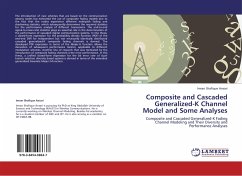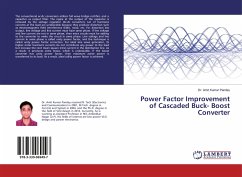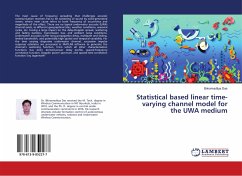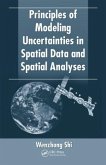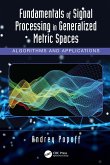The introduction of new schemes that are based on the communication among nodes has motivated the use of composite fading models due to the fact that the nodes experience different multipath fading and shadowing statistics, which subsequently determines the required statistics for the performance analysis of different transceivers. The end-to-end signal-to-noise-ratio statistics plays an essential role in the determination of the performance of cascaded digital communication systems. In this thesis, a closed-form expression for the probability density function (PDF) of the end-end SNR for independent but not necessarily identically distributed cascaded generalized-K composite fading channels is derived. The developed PDF expression in terms of the Meijer-G function allows the derivation of subsequent performance metrics, applicable to different modulation schemes. Another line of research that was motivated by the introduction of composite fading channels is the error performance. In this thesis, a unified closed-form expression for the bit error rate of dual-branch selection diversity based systems is derived in terms of the extended generalized bivariate Meijer G-function.
Bitte wählen Sie Ihr Anliegen aus.
Rechnungen
Retourenschein anfordern
Bestellstatus
Storno

